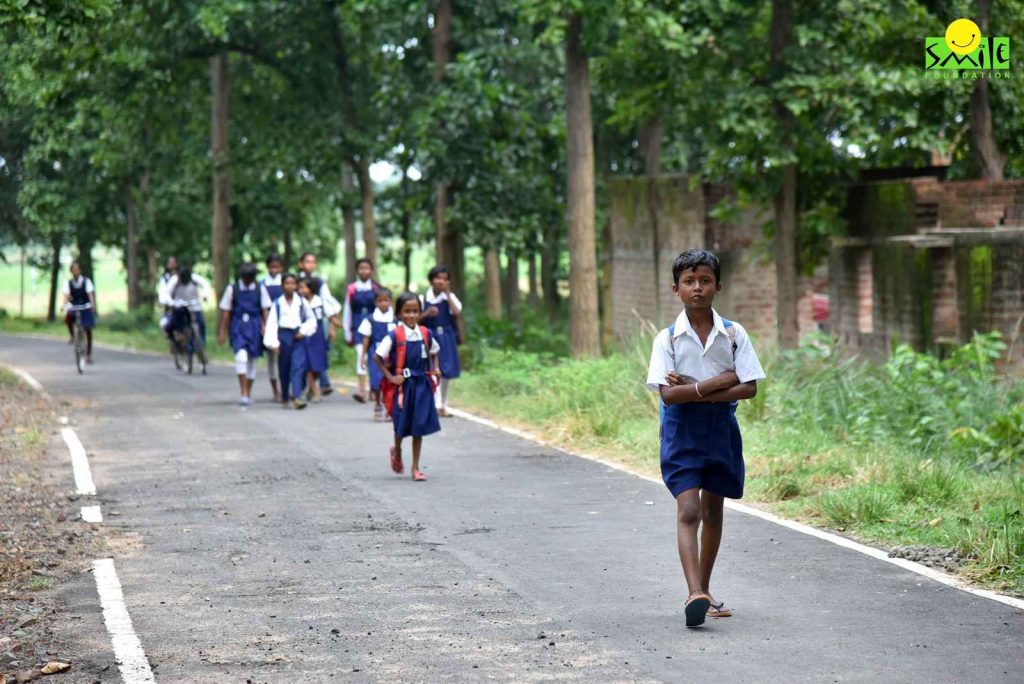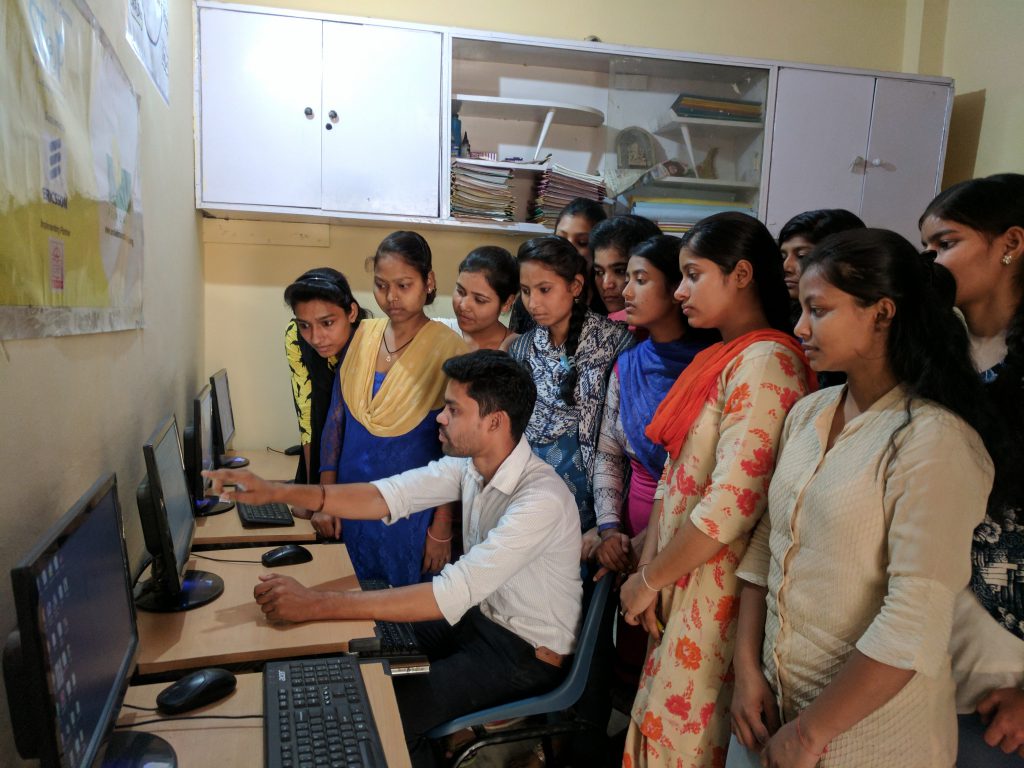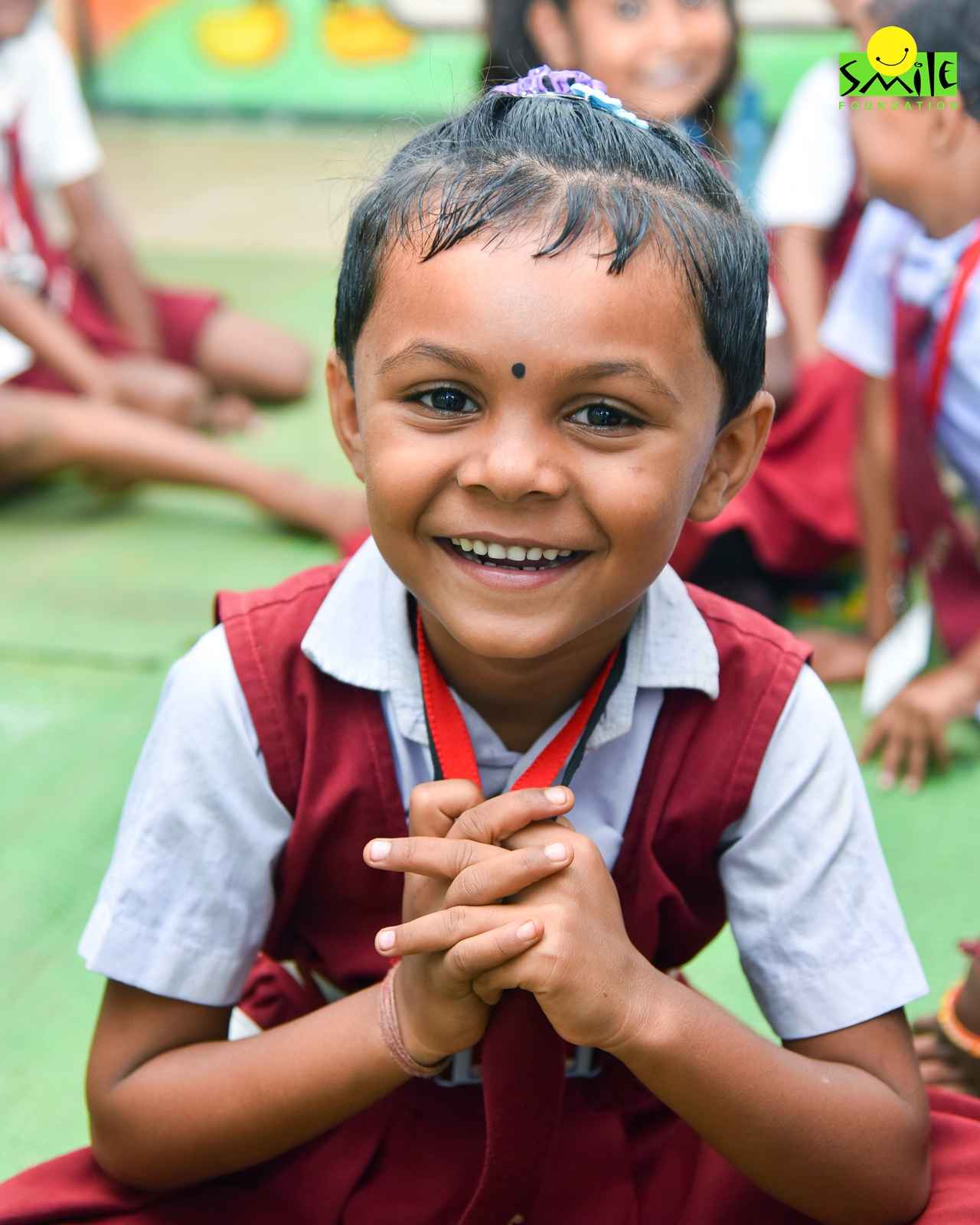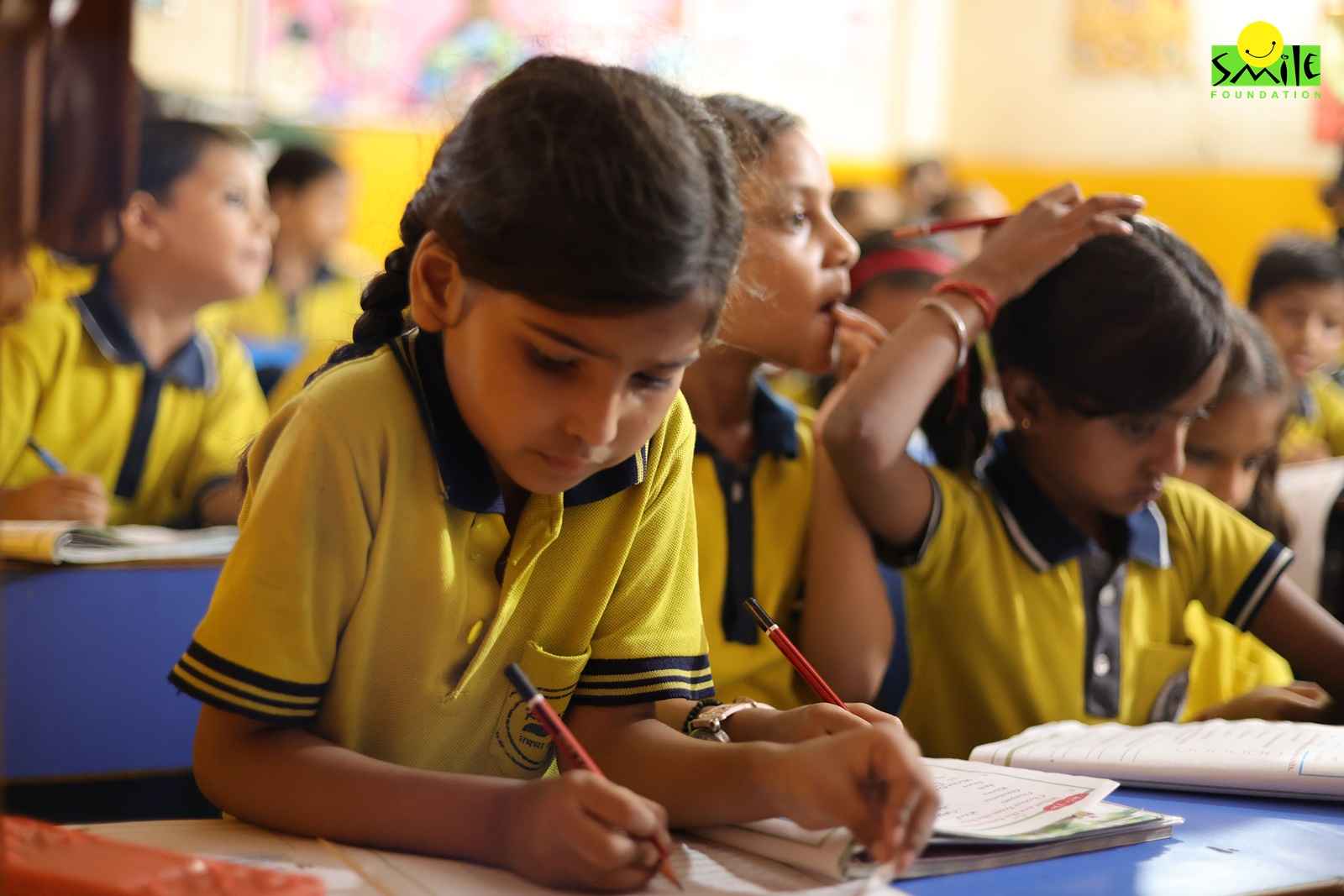Education is a powerful tool that can transform society by breaking down long standing social barriers and creating a more equitable system through economic and social advancements. It raises awareness about social issues and rights and fosters inclusivity by bringing diverse groups together.
Education empowers and equips marginalised communities with the knowledge and skills to improve their social status and reduce their dependence on reservations as a means of social upliftment. It further contributes to economic growth by improving employability and income levels, which can lift people out of poverty.
One of the most significant barriers to education is the economic divide. Children from the families of 1 percent income bracket generally have access to better resources, schools and opportunities. They can afford private tuition, extracurricular activities and technologies that enhance learning. In contrast, students from lower-income families often attend underfunded schools with fewer resources. This economic divide creates a gap in educational attainment and limits social mobility.
Do we need reservations in education for social mobility?
The reservation was envisioned for a certain period to facilitate social mobility and fix social injustices that took place for thousands of years to give an extra advantage to a certain set of people so they could come to a level with the rest of society. Unfortunately, the vision is not fulfilled yet and those social ills still exist. It is a segregated society even today where people from certain walks of life are still considered to be from lower social status.
It is important to educate and skill India and bring the entire youth to a level playing field to remove the reservations that otherwise lasted for longer and would become a socially discriminatory process. The history of reservations in education for lower social groups in India has its roots in the pre-independence era which was implemented in the early 20th century by the princely state of Kolhapur for non-brahmins and backward classes in 1902.
After Independence, it was formalised by the Indian constitution to address injustices faced by certain communities such as SC and ST along with the abolition of caste-based discrimination and untouchability. Later in 2019, benefits were extended based on economic criteria with the latest edition of the Economically Weaker Sections (EWS) quota in the reservation system.
Though the reservation system has evolved, with various legal and legislative developments, it continues to be a topic of debate reflecting the ongoing challenge of balancing individual rights with the need for social justice and equality.
Discriminatory processes
The discriminatory processes based on caste, creed, religion, race, class, etc. need to end in our society. Otherwise, in such a scenario, taking away a single advantage they have would be unfair. However, the policies need regular revisions and implementation of selective reservation policies based on necessities and the challenges of an individual or a community. It should not be implemented nationwide, as it could be exploited.
For example, an individual who has received the best education in a top private school in a city cannot stand at an equal level with an individual who completed their schooling from a local village school with minimal resources, even if both belong to the same social class or community.
The Social Walls leading to Social Mobility
The term ‘walls’ in the context of education refers to the barriers that hinder equal access to quality education for all social groups. These barriers can be complex and deeply ingrained in historical, social and economic contexts.
They limit access to educational resources due to factors such as economic constraints, rural-urban divide, social identity based on caste and communities, gender disparities and inclusivity issues related to disabilities or linguistic barriers for minority groups. Addressing these barriers requires efforts at multiple levels, including government policies, community engagement and individual awareness.
Schools should celebrate different cultures to promote inclusivity
Schools need adequate funding to support teachers in meeting the diverse needs of their students. It is important to have a curriculum that includes multiple perspectives and voices to help students appreciate diversity and develop critical thinking skills.
Educators must promote an inclusive curriculum that celebrates diversity and fosters understanding among all students. Collaboration with families, local organisations and students is essential to create educational experiences that are relevant and responsive to their needs.
Additionally, schools should provide workshops for teachers to learn about cultural competency and engage with parents from diverse backgrounds. Organising school events to celebrate various cultures and inviting parents to share their traditions and stories can also contribute to a more inclusive environment.
Government should promote equitable access to education
The National Education Policy (NEP) 2020 aims to address these disparities by committing to inclusive enrolment and equitable access to higher education for all social groups. By focusing on infrastructure enhancement, expanded scholarship programmes and improved career counseling. India aspires to achieve a Gross Enrolment ratio (GER) of 50 percent by 2035.
The government should enact and enforce policies that promote equal access to education for all social groups, and invest in quality infrastructure in remote and underserved areas. This includes providing qualified teachers, proper classrooms and access to technology.
The government must also ensure that technology does not widen the gap by being accessible only to those who can afford it. Financial aid should be established and provided to support students from marginalised communities. Additionally, awareness campaigns should be run to motivate students from all social backgrounds to pursue higher education.
NGOs help in Raising Awareness
NGOs collaborate with local communities to understand their unique challenges and work together to find solutions that are culturally sensitive and effective. They also provide support towards the education of underserved children ensuring access to proper schools and important educational resources. This also helps combat child labor, as the children have the opportunity to attend school instead of being forced to work.
Among other Smile Projects, Mission Education is one of the initiatives that has reached numerous towns and villages located in the remotest locations of the country to spread the power of education by establishing learning centres. Smile is working towards raising awareness about the importance of education among the communities to convince and motivate them to increase enrollments in the learning centers, envisioning a better future for their children. Smile is contributing significantly to creating a more equitable and inclusive educational landscape, where children from all social groups have the chance to learn and thrive.
Breaking the walls between different social groups in education is not an easy task. It requires a concerted effort from educators, policymakers and communities, and donations from individuals are of a great help too. In doing so, we not only enhance the educational experience but also create a positive social mobility.









